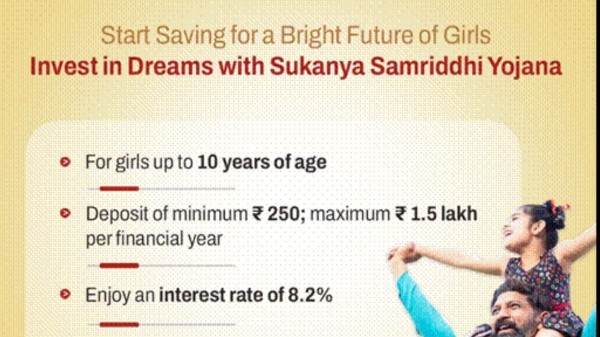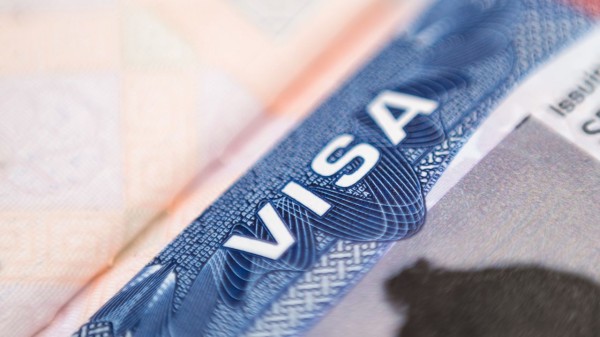

By signing in or creating an account, you agree with Associated Broadcasting Company's Terms & Conditions and Privacy Policy.


By signing in or creating an account, you agree with Associated Broadcasting Company's Terms & Conditions and Privacy Policy.

Kolkata: As the name implies, a gold loan is taken by pledging gold to the lender. There are no strings attached to the end use of the money obtained as gold loan. Therefore, the borrower has a lot of freedom to use the money the way he/she likes and, therefore, these loans are becoming popular. In a sense, these loans are easier to get for an individual since one does not need to furnish income proofs to take a gold loan. However, if the loan amount is significantly big, the lender can ask the applicant to show how he/she plans to pay it off.
A gold loan is secured against gold assets. One of the commonest gold assets in most families is in the form of jewellery and, many families can easily reach out for a gold loan. However, one has to remember that the gold that is pledged has to be within 18-carat to 24-carat. The Reserve Bank of India has stipulated that loan can be given to a maximum value of 75% of the value of the gold offered as the collateral. RBI has recently announced a new set of norms which stipulate that for loans below Rs 2.5 lakh, the Loan-to-Value (LTV) ratio is 85%. This means borrowers can get a loan of up to 85% of the value of their gold collateral.
Prompt and easy: Gold loans are becoming popular since they are easier to obtain than other secured loans. It is a quick and easy method to acquire funds and are of great help in financial emergencies. Paperwork is a lot less than most loan categories.
Accessible: One of the most significant aspects of the gold loan is that is that it does not require checking the credit score of the applicant. This makes gold loans easily accessible to those with an average credit repayment track record.
Low interest rate: Gold loans usually have a far lower interest rate compared to personal loans which are unsecured and given solely on the basis of the applicant's income and credit history. The asset backing the loan drastically reduces the lender's risk.
Flexibility in repayments: Gold loans have flexible repayment options. In some cases, the lender just asks for the interest component. You can later pay the principal at your convenience. There is hardly any prepayment penalty in gold loans.
The process of a gold loan is marked by the following major steps. These are:
Deposit gold and documents: The process begins with the applicant depositing gold items (such as gold coins, bars, jewellery) and the relevant documents with the lending institution. The primary task of the lender is to assess the quality and quantity of the gold submitted by the applicant.
Document verification: The applicant has to submit KYC documents such as photocopies of Aadhaar card and PAN card. The lender has to verify KYC documents. By the way, gold loans do not require extensive documentation.
Evaluation: The gold that the applicant submits will be examined in the presence of the prospective borrower. The quantity and quality of the gold will determine the maximum amount of loan that the applicant can hope to get.
Loan agreement drawn up: A loan agreement will be prepared by the lender that will state the terms of the loan, interest rate applicable, tenure of repayment and penal amounts for late payment. The agreement has to be signed by the applicant (borrower) and a representative of the lender.
Disbursal of loan: The loan is disbursed only after the gold verification is complete and the agreement drawn up. Also note that after the repayment of the loan is complete, the gold will be returned to the borrower.












